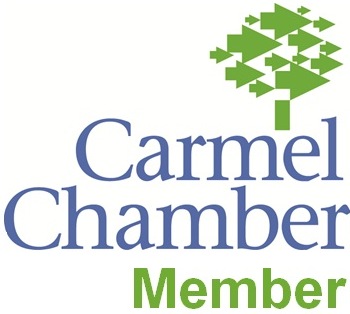Restriction Prohibiting For Sale Signs Is Unlawful
Hawk v. PC Village Association, Inc., 309 P.3d 918 (Ariz. Ct. App. Sept. 3, 2013)
Architectural Control/State and Local Legislation: An Arizona appeals court ruled that a restrictive covenant prohibiting homeowners from placing “for sale” signs on their property was unlawful.
In 2009, Robert and Cecilia Hawk purchased a lot in the Pine Canyon community in Flagstaff, Ariz, which is managed by PC Village Association, Inc. (association). The community is subject to a declaration of covenants, conditions and restrictions (declaration) originally recorded in 2002 and amended in 2004.
The declaration prohibits owners from displaying “for sale” signs on their lots without the association’s approval. The declaration also authorizes the association to enter onto any lot where there is a violation and to correct the violation at the owner’s expense.
In 2011, the Hawks posted a “for sale” sign on their lot on two consecutive days. On each occasion, the association removed the sign. Subsequently, the Hawks sued the association for a declaration that the sign restriction was unenforceable and to prohibit the association from removing signs from their property.
The Hawks argued that the sign restriction was superseded by two Arizona statutes, A.R.S. Section 33-1808(F) and A.R.S. Section 33-441. The trial court ruled in the Hawks’ favor and enjoined the association from removing industry-standard “for sale” signs from the Hawks’ property. The association appealed.
The association argued that the relevant portion of Section 33-1808(F) was enacted in 2007, years after the declaration was recorded and amended, and contains nothing to indicate that it is intended to apply retroactively. Section 33-1808(F) provides:
Notwithstanding any provision in the community documents, an association shall not prohibit or charge a fee for the use of, placement of or the indoor or outdoor display of a for sale, for rent or for lease sign and a sign rider by an association member on that member’s property.
The appeals court observed that the statute did not purport to alter an existing declaration and did not prohibit individual owners from seeking enforcement of existing restrictive covenants, but it limits the ability of associations to enforce sign restrictions.
Section 33-441, enacted in 2009, abrogates all existing restrictions that prohibit “for sale” signs. The statute provides that no covenant, restriction or deed condition shall prohibit “for sale by owner” signs displayed on the unit owner’s property provided the sign is an industry standard size. Section 33-441 further indicates that the statute applies to covenants and restrictions in existence at the time of enactment.
The association argued that, to the extent Section 33-441 supersedes the declaration, the statute violates the contract clauses of the state and federal constitutions. Constitutional contract clauses apply when states pass laws that impair the obligations of existing contracts. Impairment occurs when the statute changes the substantive rights of the parties under the contract.
All statutes are presumed constitutional. To overcome this presumption, the association must show that the statute substantially impairs the contractual relationship. Then, the association must demonstrate the absence of a significant and legitimate purpose behind the statute or that the impairment is an unreasonable means of achieving that purpose.
Although the association produced evidence that multiple Pine Canyon residents considered “for sale” signs to be eyesores and had expected to enjoy their properties without viewing such signs, the appeals court found that the parties anticipated there would be types of signs that the law would protect. The appeals court also noted that the pervasiveness of prior sign regulation is relevant when evaluating the parties’ reasonable expectations. For these reasons, the appeals court found that the association failed to demonstrate substantial impairment and held that the statute did not violate the contract clauses.
The trial court’s judgment was affirmed.









